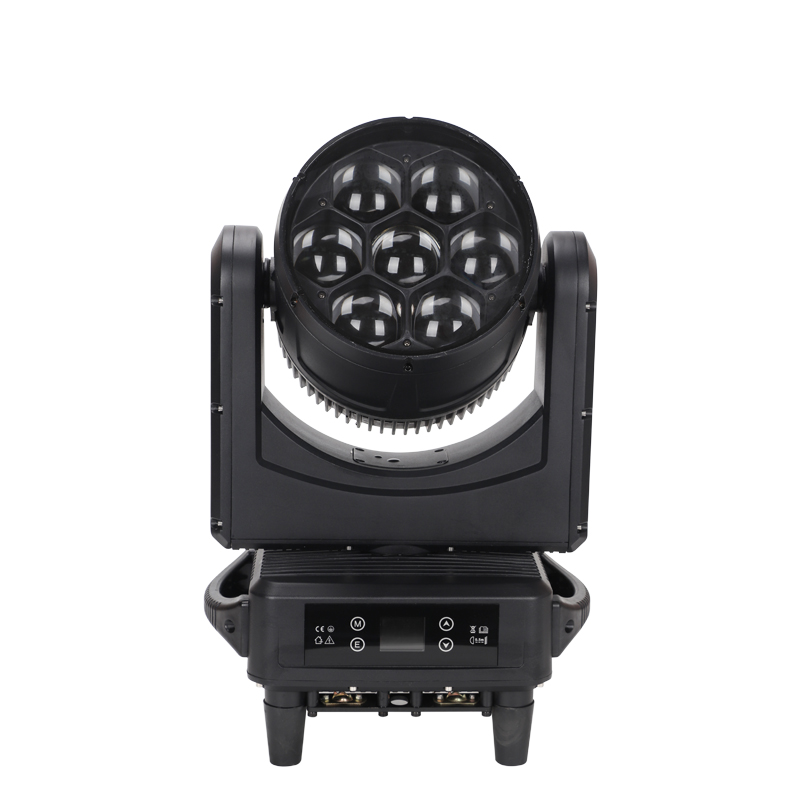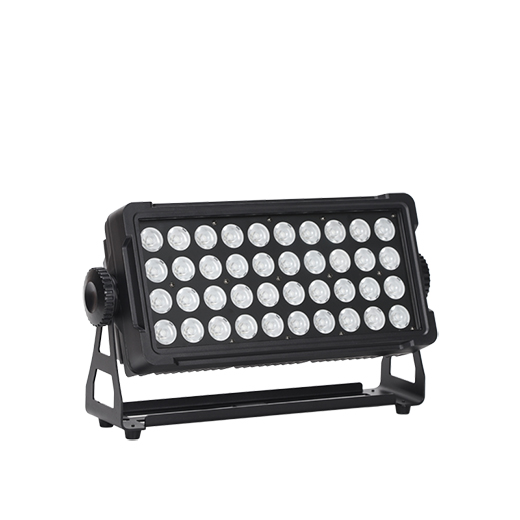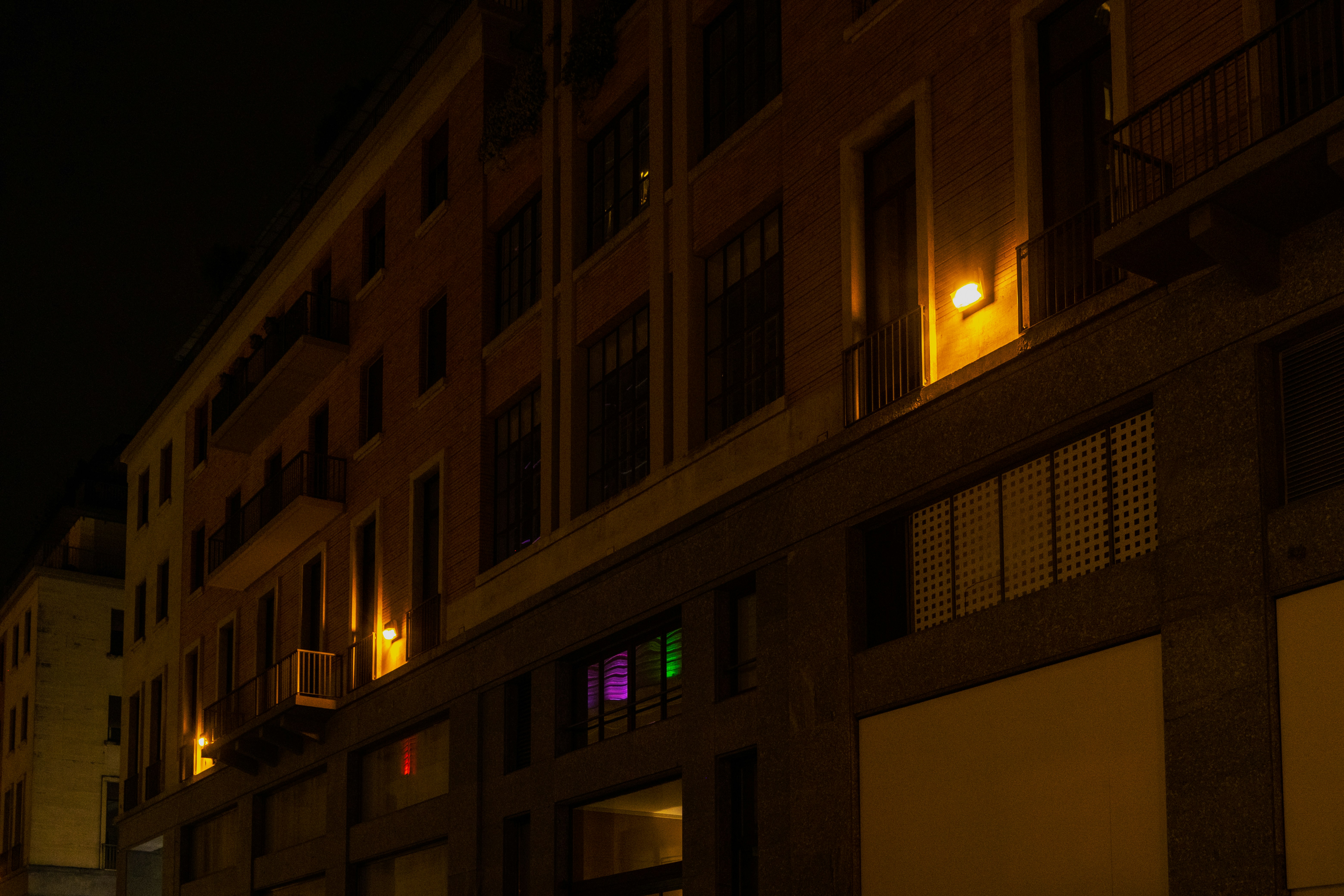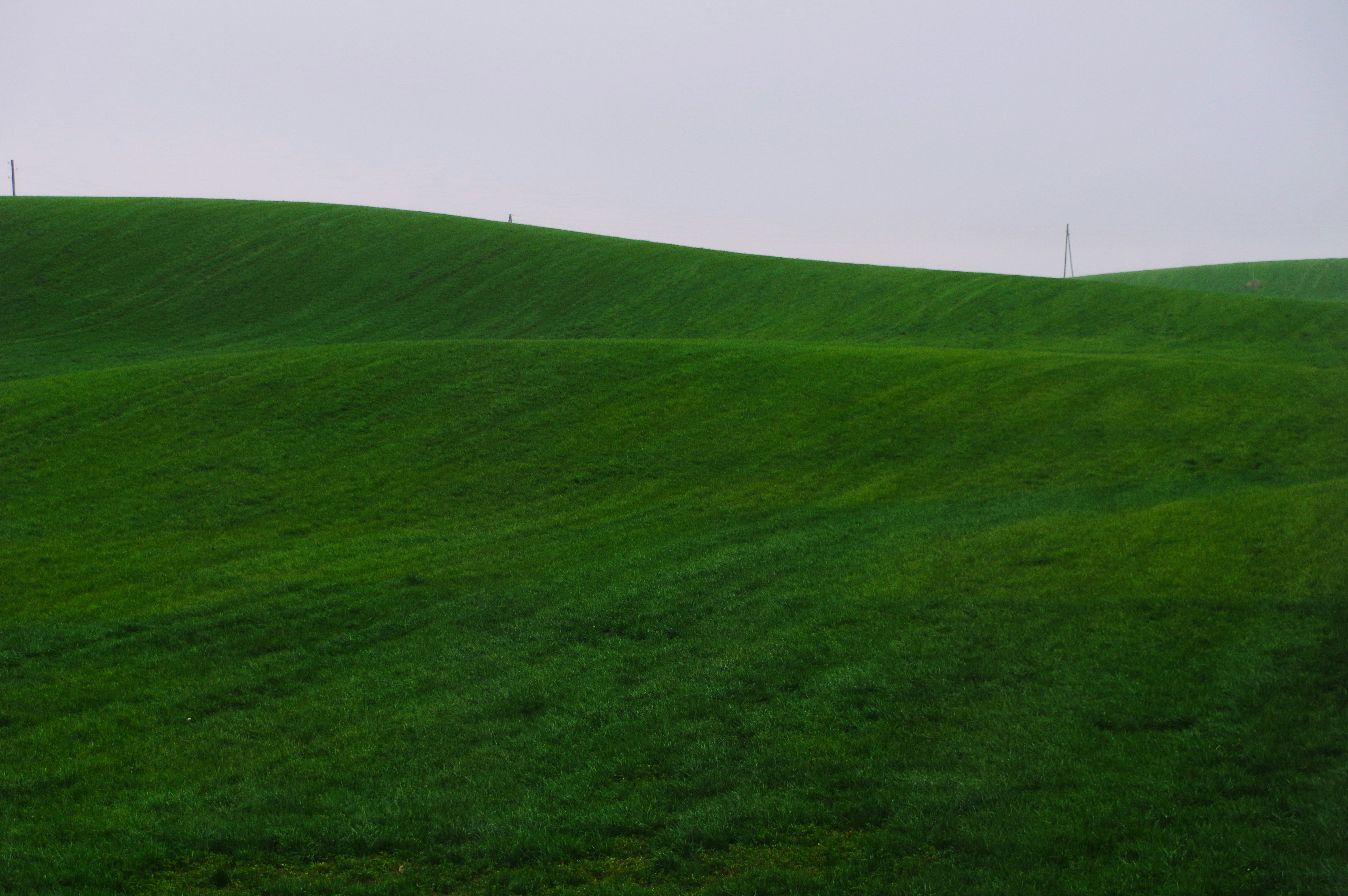Choosing the right IP-rated lighting depends on factors such as environmental exposure, intended application, and maintenance expectations.
This guide explains the differences between IP65 and IP66, offers practical tips for selection, and recommends high-quality outdoor lighting solutions from Blue Sea Lighting.
By selecting the right protection level, users can guarantee long-term performance and reduce maintenance costs for outdoor lighting installations.
Introduction: Why Protection Ratings Are Critical for Outdoor Lighting
In the world of outdoor lighting, durability and resilience are not just nice-to-have features—they are essential. Whether it's a concert, an outdoor event, architectural illumination, or city landscaping, lighting fixtures must endure harsh environmental conditions, including rain, dust, and extreme temperatures.
Understanding IP (Ingress Protection) ratings, specifically IP65 and IP66, is critical for selecting the right lighting products that can guarantee performance and safety in outdoor applications.
What is an IP Rating? Decoding IP65 and IP66
An IP rating is an internationally recognized standard that defines the level of protection an electrical enclosure provides against solids and liquids. It is represented by two digits:
The first digit indicates protection against solid objects (like dust).
The second digit refers to protection against liquids (like water).
IP65 means:
Completely protected against dust (dust-tight).
Protected against low-pressure water jets from any direction.
IP66 means:
Completely protected against dust.
Protected against powerful water jets and heavy seas.
In simpler terms, while both ratings offer excellent dust protection, IP66-rated products offer a higher level of water resistance compared to IP65, making them ideal for even more demanding outdoor environments.
IP65 vs IP66: What's the Difference?
| Feature | IP65 | IP66 |
|---|---|---|
| Dust Protection | Complete (Dust-Tight) | Complete (Dust-Tight) |
| Water Protection | Low-pressure water jets | High-pressure water jets |
| Ideal Applications | Outdoor events, general weather | Heavy rain, seaside, industrial |
If your lighting will face occasional rain and splashes, IP65 is sufficient.
However, for coastal areas, heavy storms, or high-pressure cleaning scenarios, IP66 is the better choice.
How to Choose the Right IP-Rated Lighting?
When selecting lighting for outdoor use, consider the following factors:
1. Environment Assessment
Evaluate whether the installation site is exposed to heavy rain, high humidity, or salty environments.
2. Application Scenario
For concerts, outdoor weddings, or city square installations, IP65 is usually adequate. For coastal installations, heavy rainfall areas, or industrial zones, opt for IP66-rated fixtures.
3. Maintenance Expectations
Higher IP ratings typically mean less frequent maintenance and higher reliability, saving costs over time.
4. Product Certification
Always ensure the lighting product has been properly tested and certified for its IP rating. Reliable brands like Blue Sea Lighting provide verified IP65/IP66-rated fixtures with detailed technical documentation.
Recommended Products: Reliable IP65/IP66 Lighting Solutions
Blue Sea Lighting offers a range of outdoor-rated fixtures designed to withstand the toughest conditions:
IP65-rated, perfect for medium to large outdoor events, offering brilliant performance and reliable protection.
Blue Sea Lighting Outdoor Waterproof IP250 LED Moving Head Light product photo
_NSjnPY.jpg)
Waterproof IP Magnesium Alloy 7x60W Bee Eye Rotating Zoom LED Moving Head Light
IP66-rated, ideal for extreme weather conditions and long-term outdoor installations.
Blue Sea Lighting Waterproof IP66 7x60W Bee Eye Moving Head Light for outdoor shows

IP65-rated, excellent for architectural and city landscape illumination projects.

Seetronic 40x15W RGBW LED City Color Light used in urban landscape lighting

These fixtures ensure that your lighting setup remains secure, vibrant, and maintenance-free even under challenging conditions.
Conclusion: Choosing the Right Protection for Long-Term Success
Selecting the right IP-rated lighting fixture is crucial for ensuring performance, longevity, and safety in outdoor applications.
Understanding the differences between IP65 and IP66 enables you to make informed decisions that match your specific needs and environmental conditions.
By choosing high-quality, certified outdoor lights from trusted brands like Blue Sea Lighting, you can confidently illuminate any event or landscape—rain or shine.
Eco-friendly outdoor lighting contributing to environmental protection






Blue Sea Lighting is an enterprise with rich experience in the integration of industry and trade in stage lighting and stage special effects related equipment. Its products include moving head lights, par lights, wall washer lights, logo gobo projector lights, power distributor, stage effects such as electronic fireworks machines, snow machines, smoke bubble machines, and related accessories such as light clamps.
Quick Links
For more questions subscribe to our email








